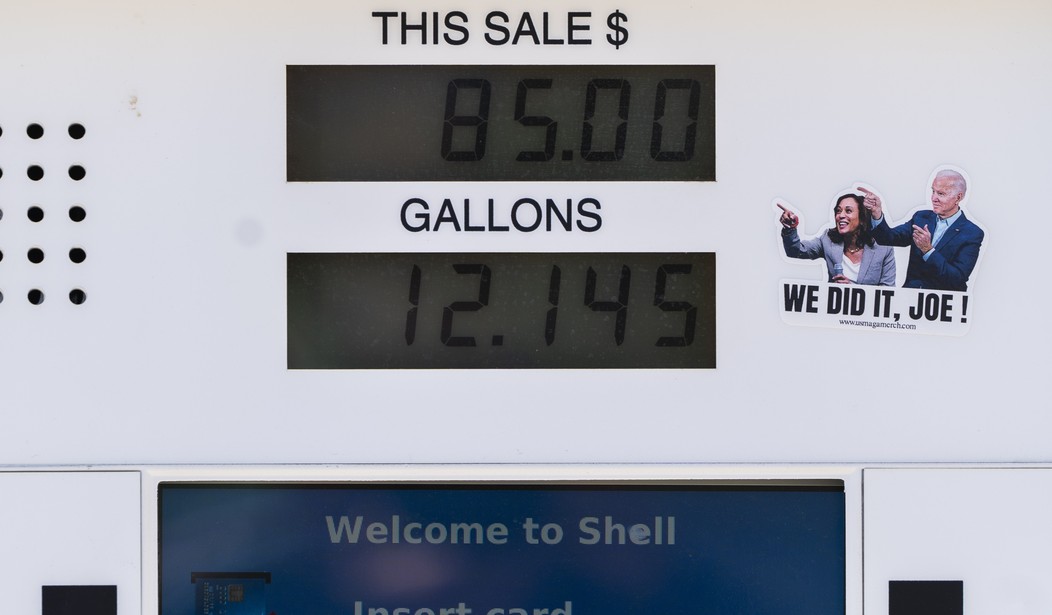Top News
Los Angeles admits that gas prices are out of control again

So, Los Angeles, how is Bidenomics working out for you? To listen to either Joe Biden or Kamala Harris, you would think that everything is just going swimmingly. ‘Bidenomics. It’s working!‘ But Angelinos are experiencing a very different reality and all of the political ad campaigns in the world aren’t going to change that. Even the local CBS News outlet was forced to confront the truth this week and they picked one of the most visible indicators that a majority of voters have to confront each and every week. Gas prices are once again going up. And they’ve been going up for months. In fact, they have now reached levels not seen in almost a year, with the average price in Los Angeles County now sitting at more than five and a half dollars per gallon, seemingly destined to break the six-dollar mark before very long.
The average price of a gallon of self-serve regular gasoline in Los Angeles County rose today to its highest amount since Oct. 28, increasing 3.1 cents to $5.65.
The average price has risen 49 times in 54 days, increasing 67.4 cents, including 3.2 cents Thursday, according to figures from the AAA and Oil Price Information Service.
The average price rose 30 consecutive days, making it 19.1 cents more than one week ago, 39.2 cents higher than one month ago and 22.3 cents above what it was one year ago.
One analyst quoted by CBS blamed “regional refinery outages” and a recent flood in Libya for the rising costs. But that’s a rather dubious answer. It’s true that many of California’s 14 oil refineries were down for a period of time last winter, but those outages were caused by planned maintenance procedures and most are now back online. And while I’m sure the tragic flood in Libya isn’t helping matters, it took place just three days ago. Gas prices in California have risen every day for the past 54 days. So that isn’t the answer to this mystery.
Around the country, there is at least some relief on the way, though it won’t be enough to completely reverse the price increases. As of September 15, American refineries were allowed to switch from their summer blend of gasoline to the winter blend, which is cheaper and easier to produce. But California has some of the strictest emission laws in the country and its refineries are not allowed to switch over until the end of October. So Californians will have to wait an additional six weeks to see any of that sort of relief.
The larger driving factor is being caused by federal policies, however. The refineries frequently don’t receive enough crude oil to run at maximum capacity. That means the production levels decrease incrementally. When the available supply of any commodity goes down while demand remains the same, prices increase. It’s an immutable law of economics.
In the case of gasoline, the supply is restricted because we’re simply not utilizing all of our available oil assets. It’s not that we’re running out of oil because we still have oceans of it. However federal policies are hampering production and making oil producers hesitant to expand their operations. These factors are combined with intentional reductions in production in the Middle East to exert upward pressure on gas prices. You don’t need an advanced degree in either engineering or economics to figure this out. The Biden administration could start tamping down these gas price increases tomorrow, but they don’t want to do it. So if the people of Los Angeles are unhappy about what’s going on at the gas pumps, I suggest they write letters to Governor Newsom and President Biden. (For all the good that’s likely to do.)
Read the full article here


















